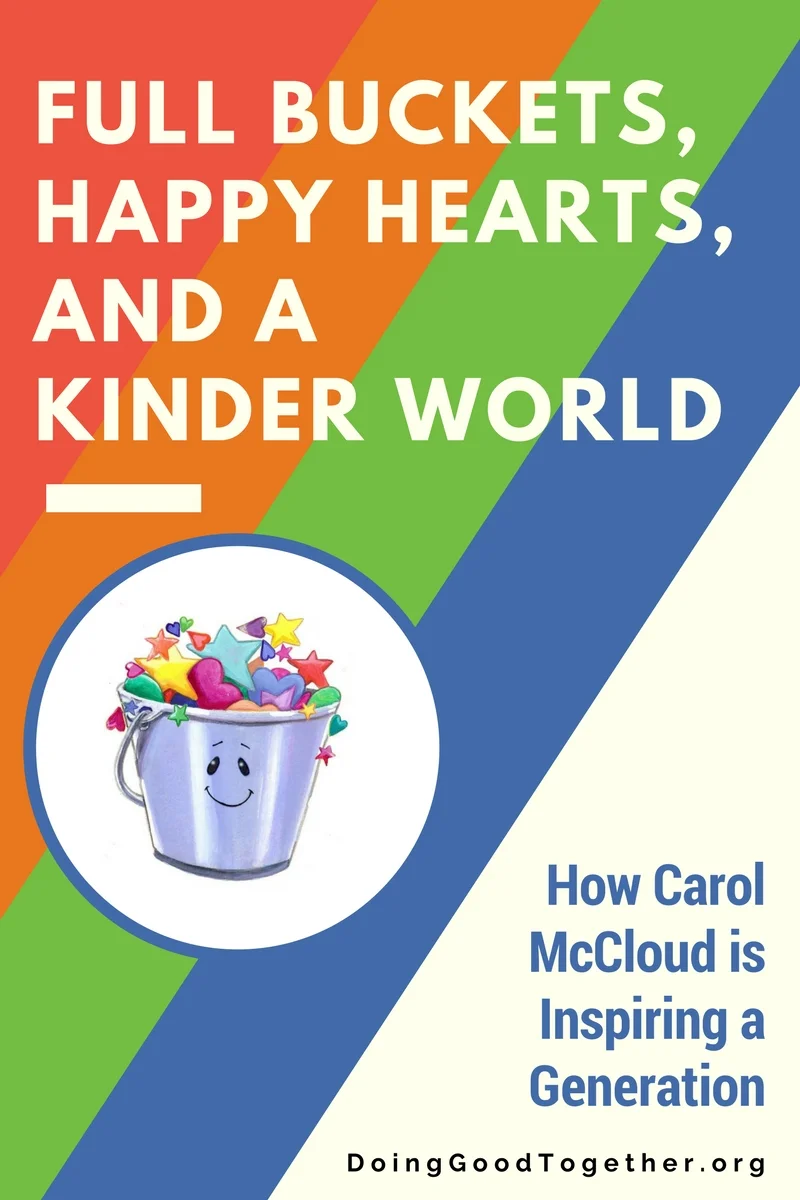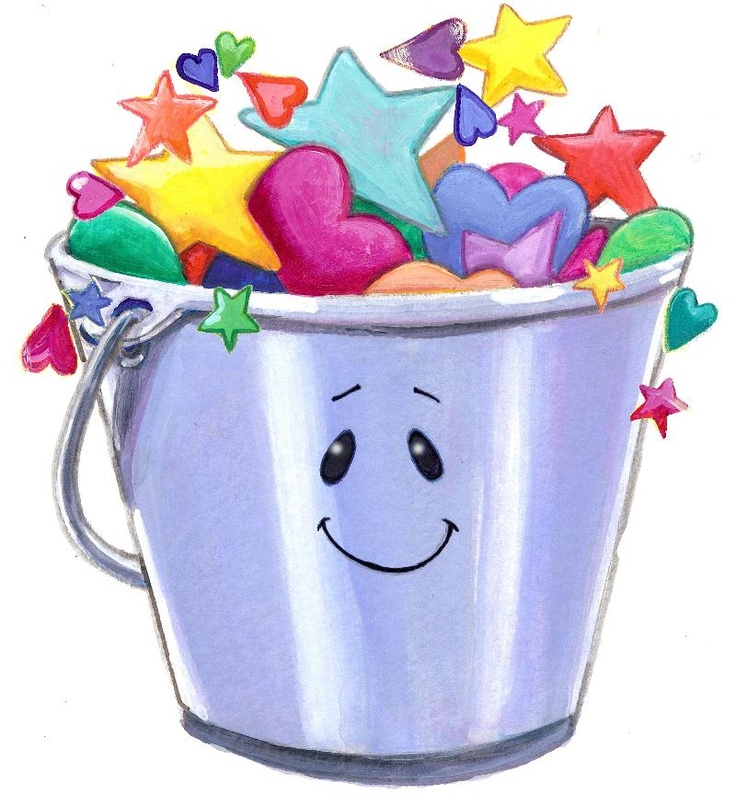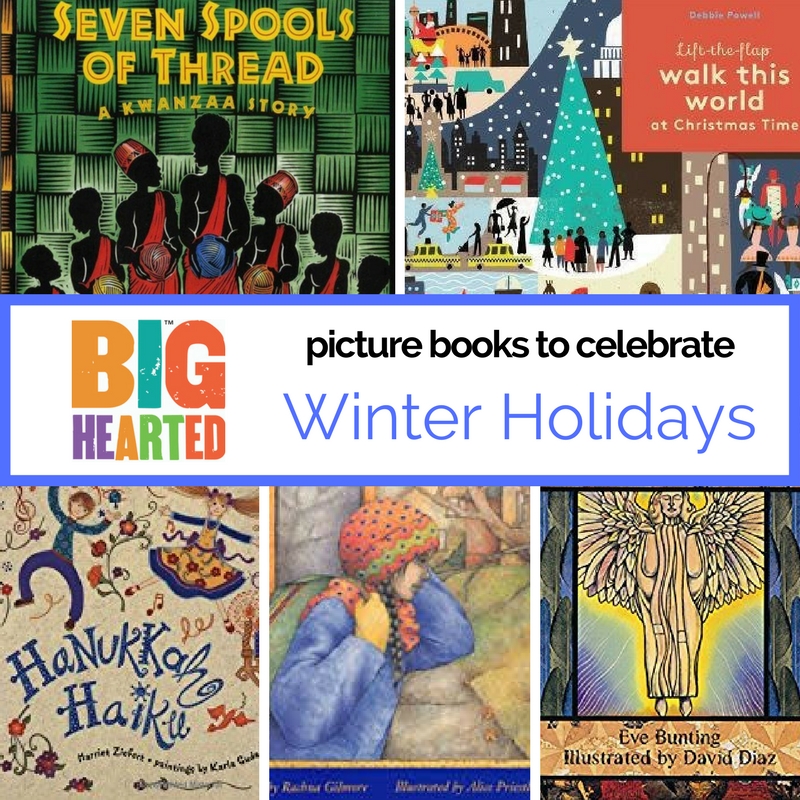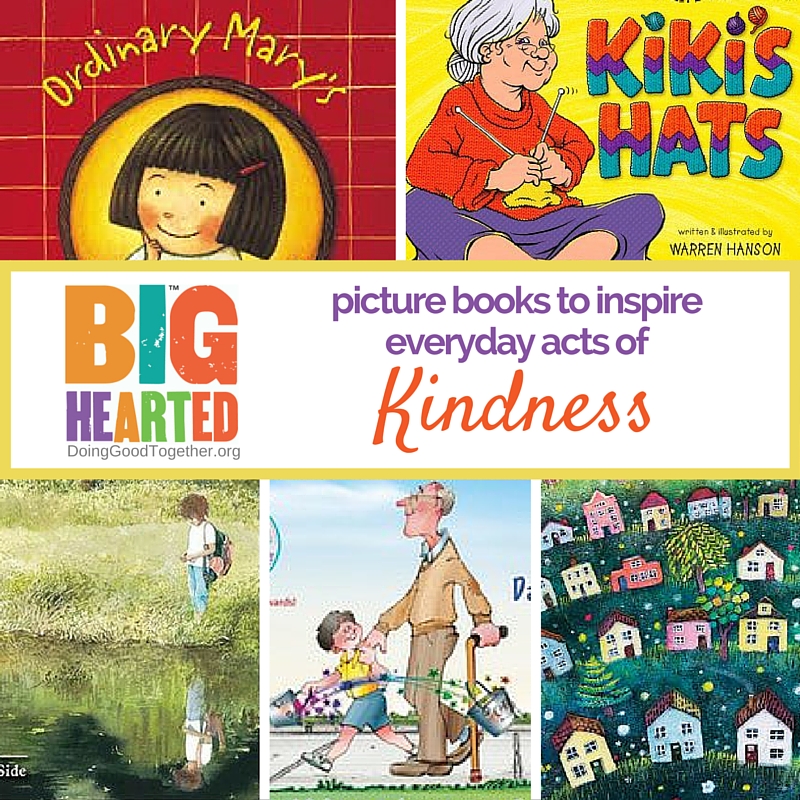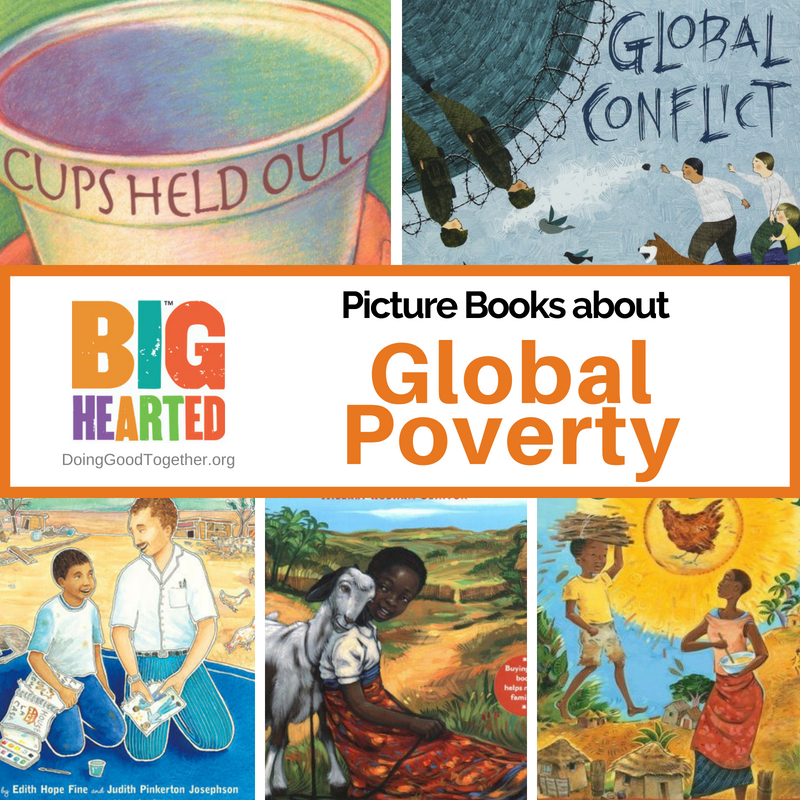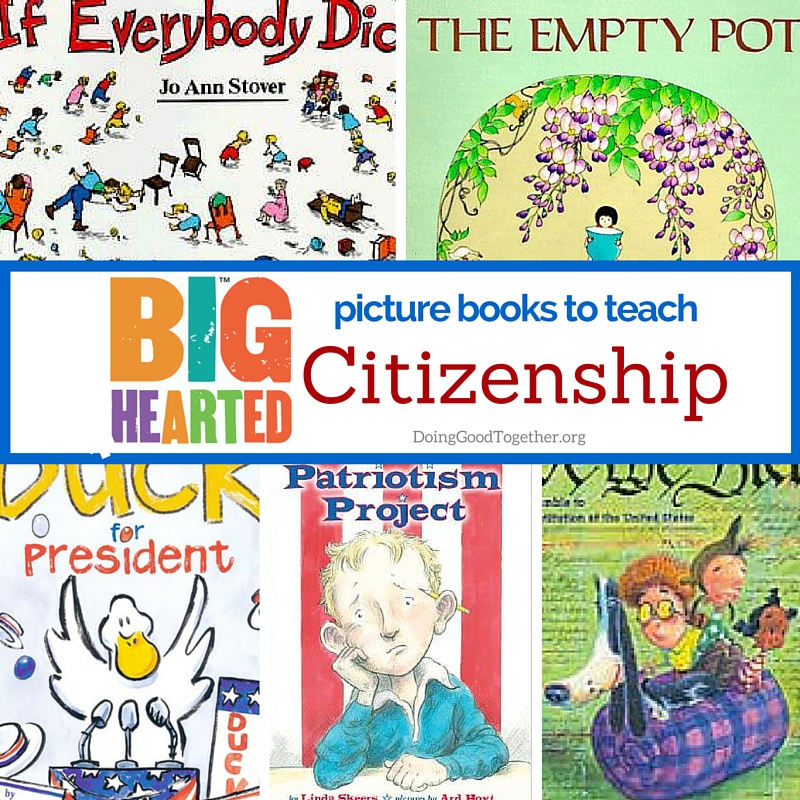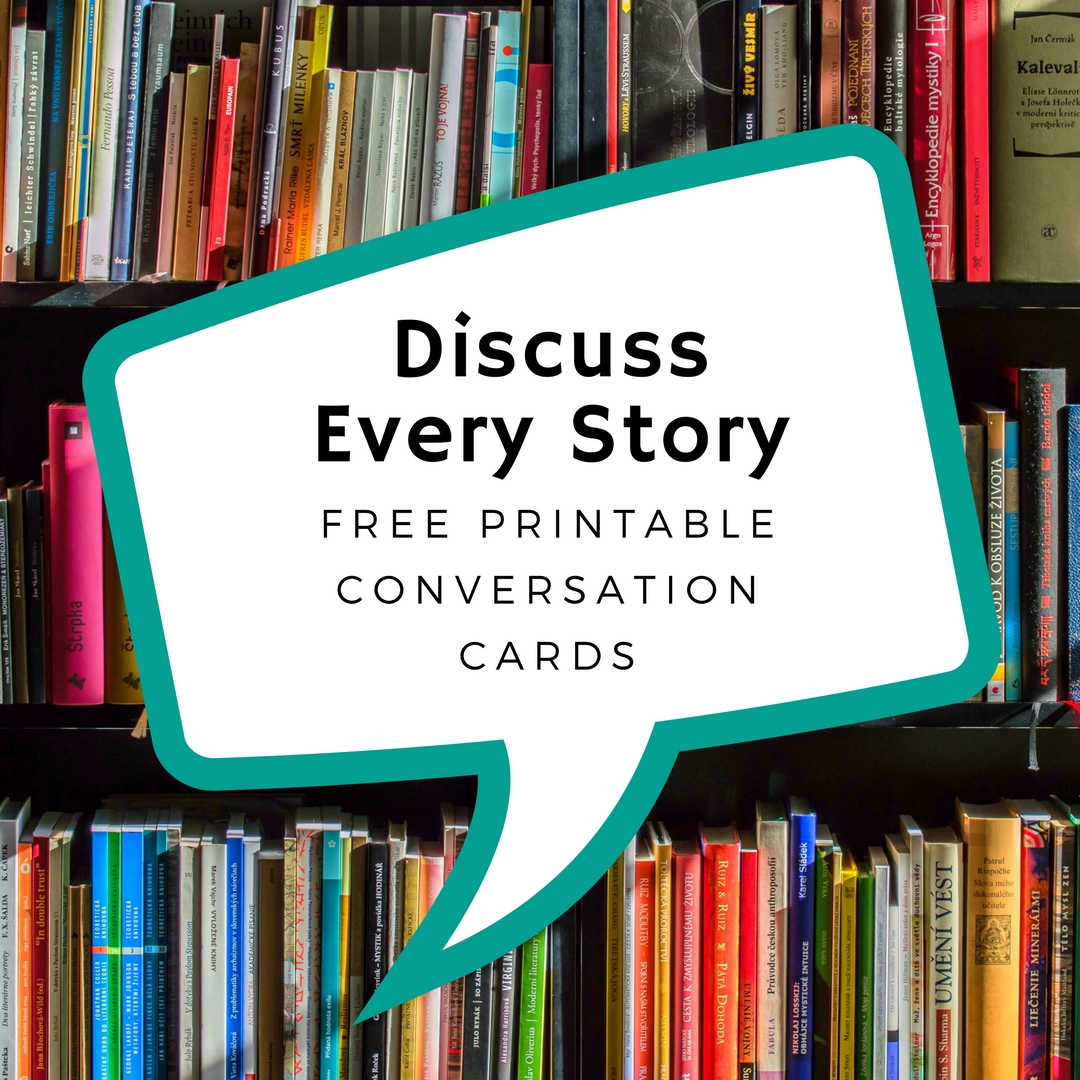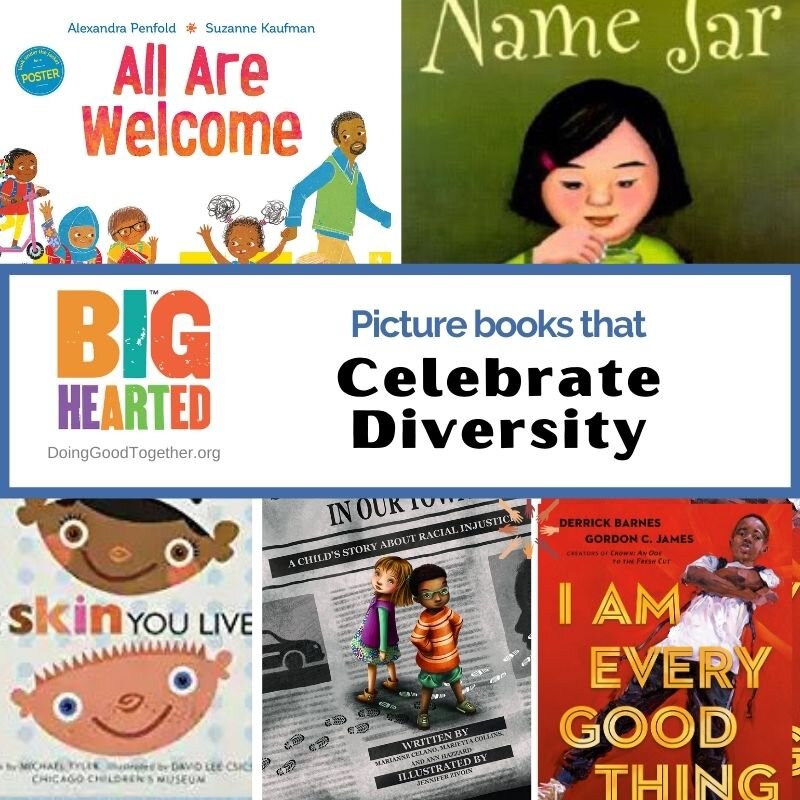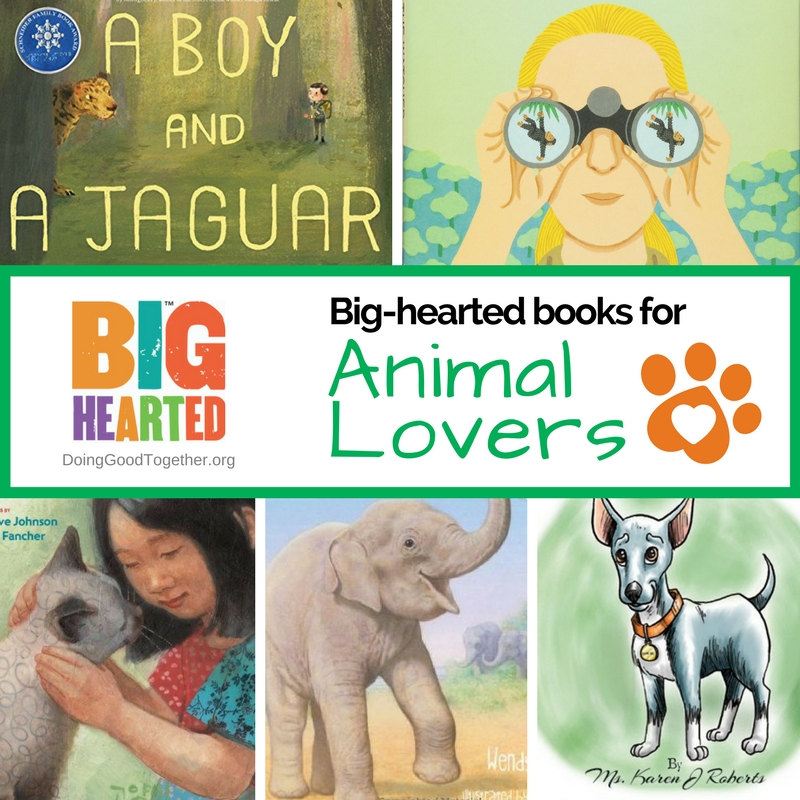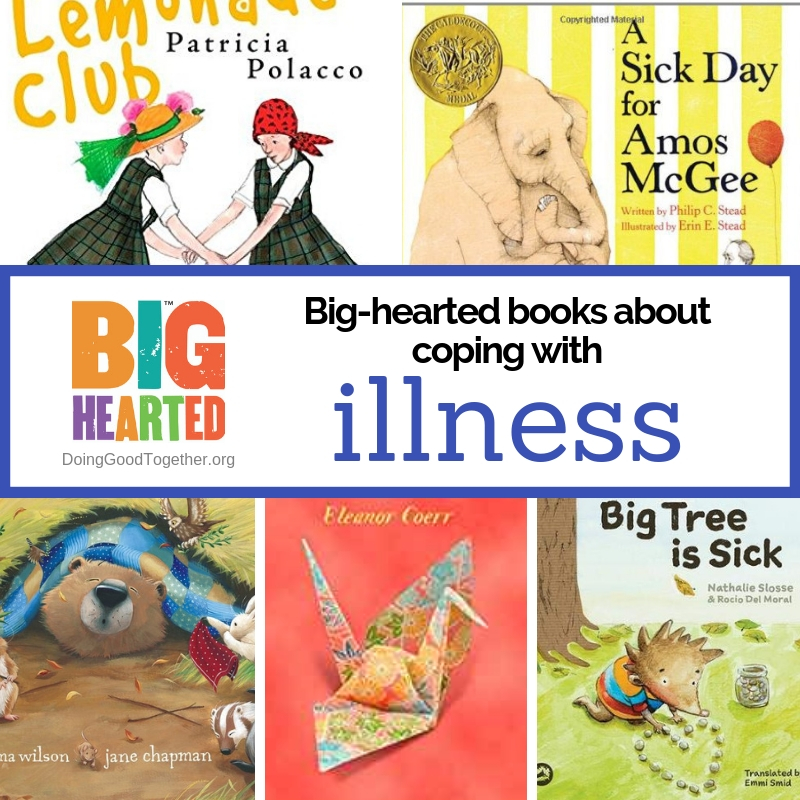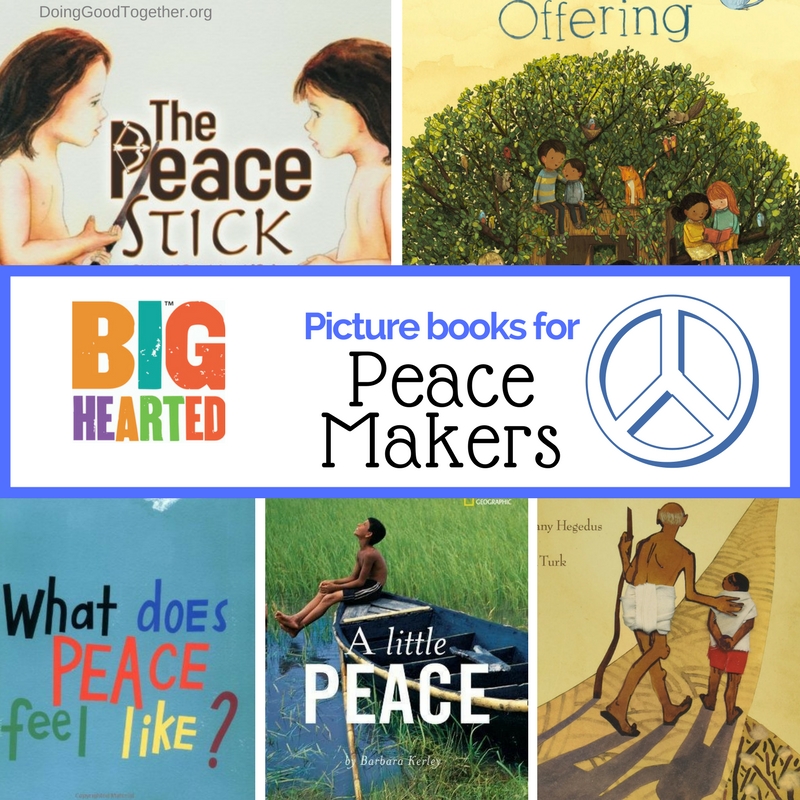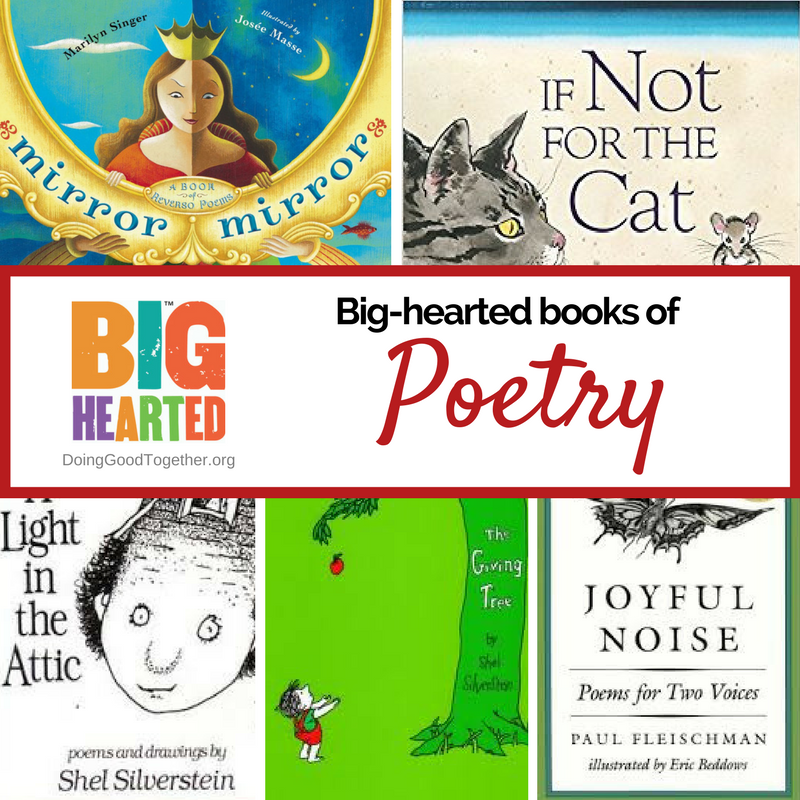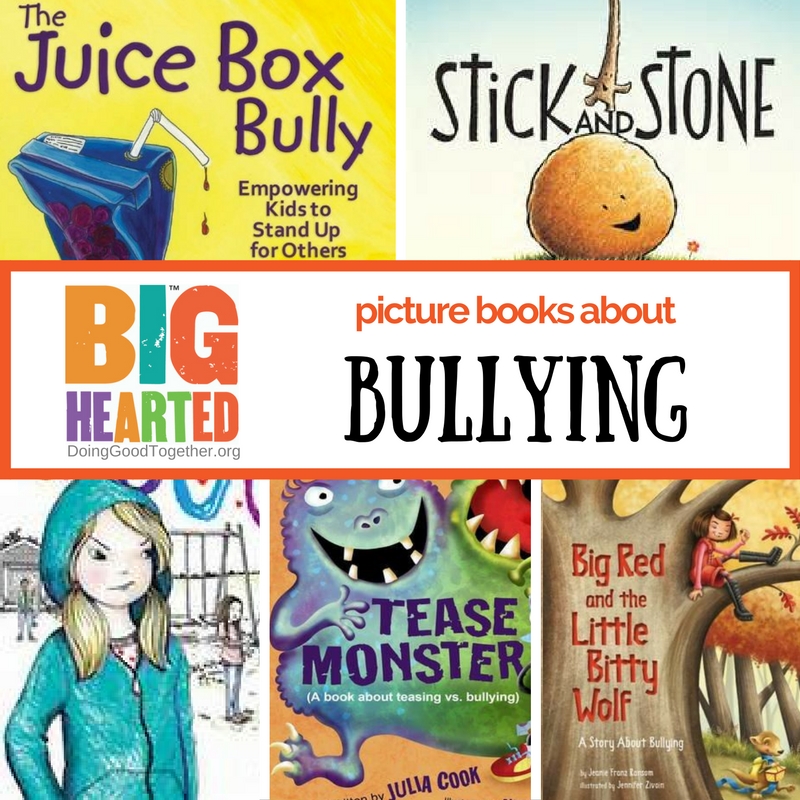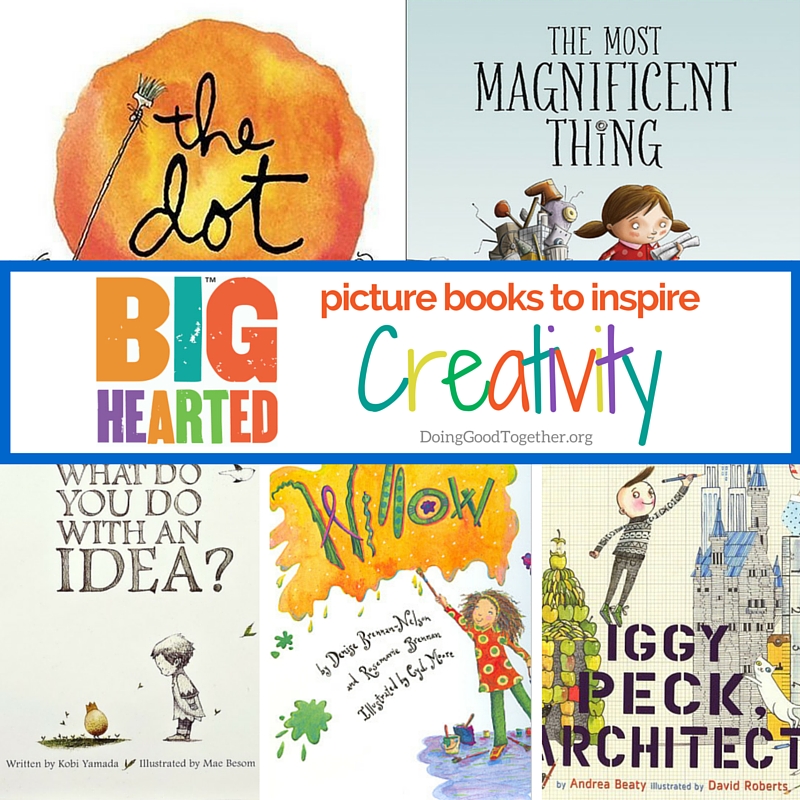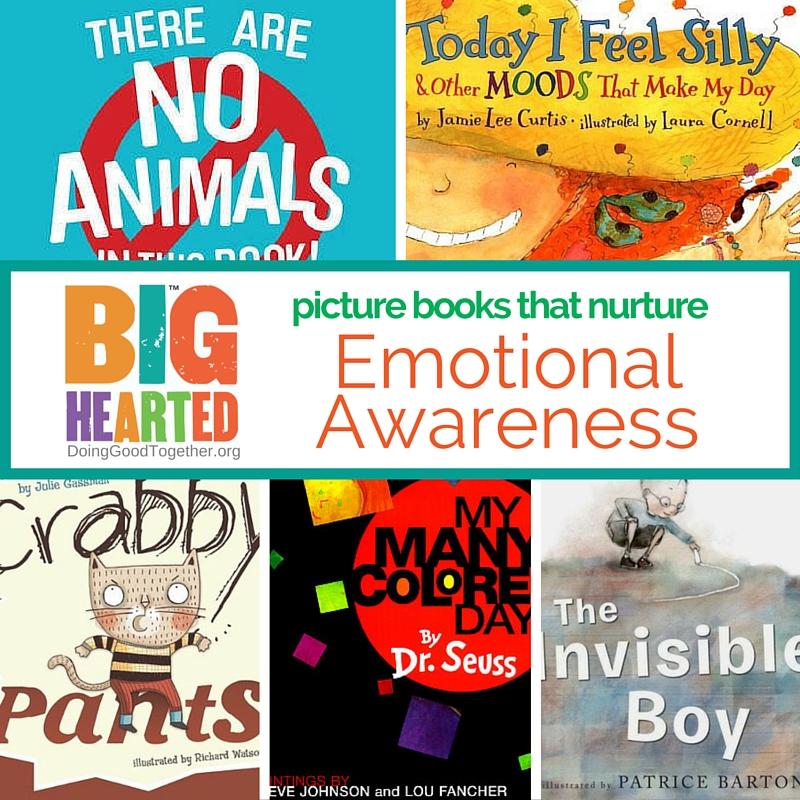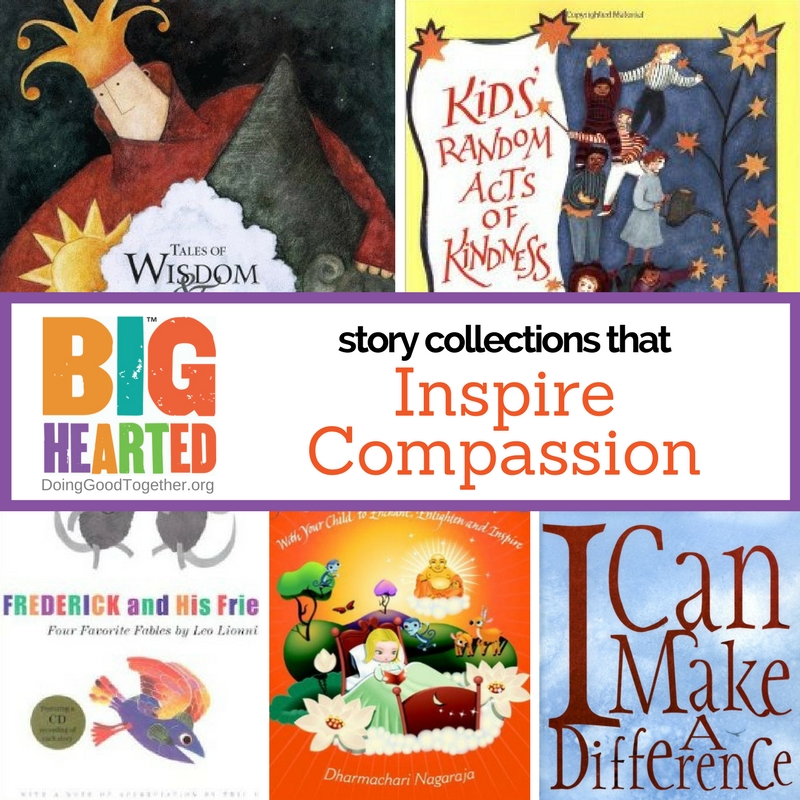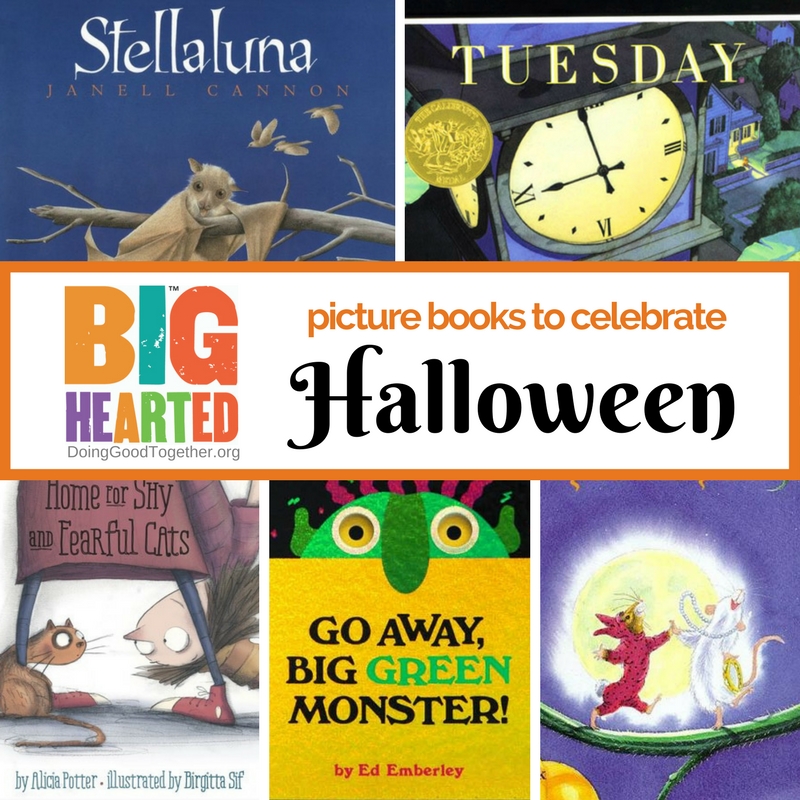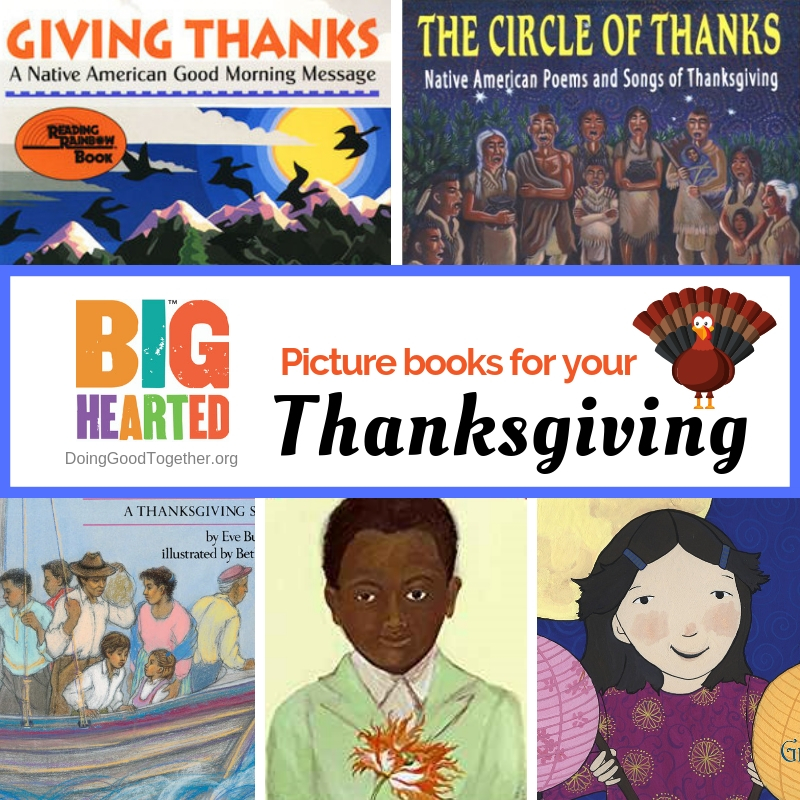Full Buckets, Happy Hearts, and a Kinder World
How Carol McCloud is inspiring a generation!
Your elementary-aged child may not know Carol McCloud's name, but I'll bet they know how to fill a bucket.
Since it came out in 2006, McCloud's book Have You Filled a Bucket Today: A Guide to Daily Happiness for Kids has won sixteen different picture book awards and has become essential reading in schools and homes across the country. Through cheerful illustrations, this book helps kids understand the connection between happiness and kindness with a simple metaphor: a bucket.
All day long, everyone in the whole wide world walks around carrying an invisible bucket.
Its purpose is to hold your good thoughts and feelings about yourself. You feel happy and good when your bucket is full, and you feel sad and lonely when your buceket is empty.
Carol McCloud, author and president of Bucket Fillers, Inc.
I recently had the privilege of chatting with Carol McCloud and learning more about her bucket-filling adventures. McCloud distills her bucket filling philosophy into three simple concepts:
Be a bucket filler. You can fill a bucket by sharing kindness, love, or even simply a smile with those around you. Be a helper, be a good friend, and you'll fill your own bucket as well as the buckets of everyone you meet.
Don't dip into buckets! Often bullies have empty buckets themselves. But dipping into someone else's bucket won't fill your own. Don't be rude or mean to others.
- Use your lid. Every bucket has a lid, of course. Use yours to protect yourself from bullies who may say or do hurtful things. Don't let their mean ideas sneak into your bucket of positive thoughts and emotions.
As a former preschool teacher, McCloud first encountered the idea of an invisible bucket full of your emotional and mental health at a seminar for educators. When she tried it out in the classroom, McCloud was inspired by how quickly her students embraced the idea.
"Kids just "got it" and then got to work filling buckets," McCloud says.
Teachers and school districts love McCloud's work, but McCloud reminds us that it is just as important for families to follow through with the idea of bucket filling right at home.
Here at Doing Good Together, we couldn't agree more.
“It’s so important for families to take time to help others. It makes the kids happy, and proud to help, of course. But it gives them a sense that they are a bucket filling family. Helping others reminds them that being kind is part of who they are. This is so important. They get empowered by the idea that they can really make a difference. ”
McCloud emphasizes the everyday aspect of being a bucket filler in speeches and workshops around the country. Like Doing Good Together, she believes that helping others is not something that should happen once in a while when you have the time. It should be an everyday practice, a lifestyle.
“Keep looking for opportunities to help others. Those opportunities are everywhere, you just have to take advantage of them.”
Whose bucket will you fill today?
Here are a few tips to take the idea of bucket filling even further!
1. Speak fluent "bucket-filler."
McCloud recounted a story of one dad who asked his son every morning, "Whose bucket do you think you'll fill today?" As they walked to school, they would talk about different ways he could fill a bucket. Then, at the end of the day, they would trade stories about how both of them, the son at school and the father at work, filled somebody's bucket.
This sort of ritual of language can really help shape your child's identity as a kind kid.
Keep the metaphor alive in your home.
Ask, "Have you filled a bucket today?" or "How will you fill a bucket today?"
If your child is upset, ask, "Does your bucket need filling?" and offer a hug.
When they mention someone who has acted out at school, remind them, "Maybe she didn't have a full bucket today."
2. Visit BucketFillers101.org for downloadable projects.
Download and print any of the free games, puzzles and lesson plans available at BucketFillers101.org. We love this project that inspires children to make their own paper buckets.
3. Celebrate full buckets and acts of kindness.
Our friend Cait over at My LIttle Poppies set up a fun way to celebrate full buckets and acts of kindness. Check out her idea, or create your own! The more we honor and emphasize kindness, the more our kids will understand how truly important it is.
4. Read (or re-read) the books!
Whether you are just encountering the bucket filling philosophy or are looking for ways to remind your tween of these concepts, there is a book for you.
Still looking?
Browse our collection of big-hearted picture books today!
If you like our free resources, you'll love our membership program! Join today and we'll help you keep kindness on your family calendar all year long
Disclaimer: Doing Good Together™ is a participant in the Amazon Services LLC Associates Program, an affiliate advertising program designed to provide a means for sites to earn advertising fees by advertising and linking to Amazon.com.
The recommendations we offer are based solely on our mission to empower parents to raise children who care and contribute.

